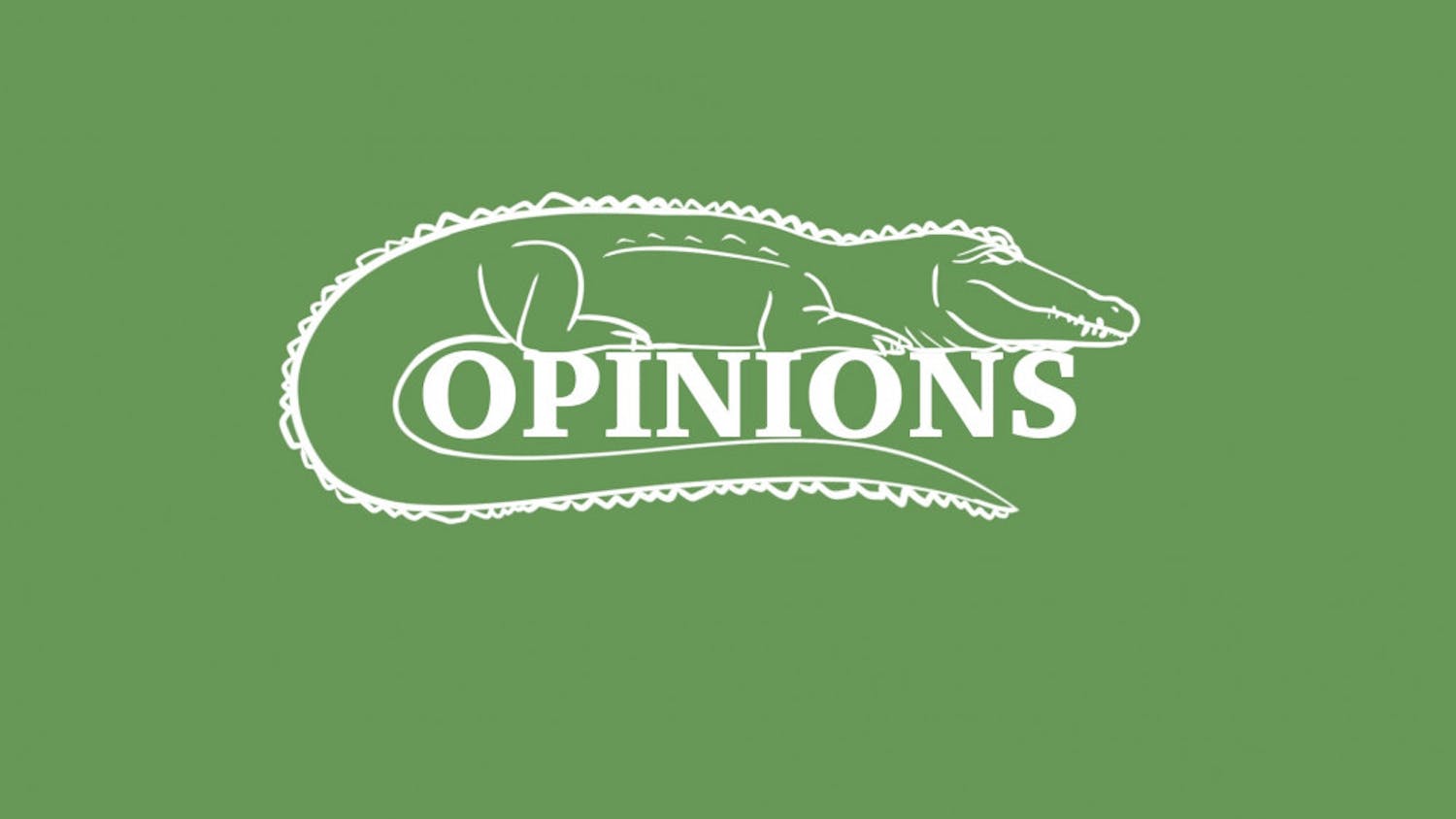Last decade was not a fun decade in which to grow up.
I’m certainly in that group. When the decade began, I was 11, so the entirety of my adolescence and the first few years of my numerical adulthood took place over the past ten years.
But that decade’s most worrisome effects will be felt by those actually born during the 2000s. Simply put, they have had the misfortune of not only growing up during a decade that saw a culture of fear flourish, but having never known an alternative.
If you were born in the 2000s, the specter of 9/11 has never not been a part of your life. The images of a plane slamming into the World Trade Center — terrifying, horrible and mesmerizing in the worst possible way when I first watched it on CNN in middle school — have been replayed, reproduced and recreated so many times over the past decade that they now comprise a sort of emotional clip art for fear and confused apprehension.
If you were born in the 2000s, you’ve never not had the Department of Homeland Security inform you of how frightened you should be via a color-coded scale. The Homeland Security Advisory System has been argued over and mocked so much since its inception in 2002 that it almost seems gratuitous to point out how flawed it is.
But normalizing the idea that we should constantly be, at minimum, on a yellow “elevated” level of awareness has the effect of normalizing a constant elevated level of fear, something underscored by the fact that there is likely no circumstance under which anyone at Homeland Security would ever allow the scale to dip to blue (“general risk”) or green (“low risk”), and that the public has no real, substantive instructions on what to do when it goes from yellow to orange. Whether by design or by poor execution, the five-tiered system is in reality a three-tiered scale of “be scared,” “be scareder,” or “be scaredest.”
If you were born in the 2000s, the United States has never not been at war. That’s absolutely true in a literal sense. The war in Afghanistan has been going on since 2001, the war in Iraq since 2003, and since then, we have never not had service members taking part in major combat operations. And there’s not an end in sight. While President Obama has said that a drawing down of troops should take place in July 2011, Richard Engel of NBC News obtained a Pentagon report describing the gross unreadiness of the Afghan National Army, saying that it “cannot take a year to fix this problem.”
But more strikingly, the United States has perpetually been in a “war on terror” —a phrase that essentially suggests a war on a tactic, akin to declaring a “war on naval combat” or a “war on guerilla fighting.” In that sense, it’s a meaningless phrase that works well as a marketing slogan but either oversimplifies and obscures real issues or damns us into endless war.
I can think of two general reactions to a culture of fear. The first is a constant state of panic. That’s certainly dangerous. Panicked people make bad decisions, often to assuage short-term agitation at the expense of long-term principles.
But the more dangerous reaction is a collective numbing, and it’s all the more worrisome when the numbing happens among kids: the idea that fear is normal, that war is not a big deal, that service members dying overseas is nothing but a brief news update, that the displaced and killed civilians in foreign lands are not just collateral damage but completely acceptable damage.
I think this is more or less apolitical: The last decade was awful.
We owe those kids a better ten years.
Joe Dellosa is an advertising senior.





